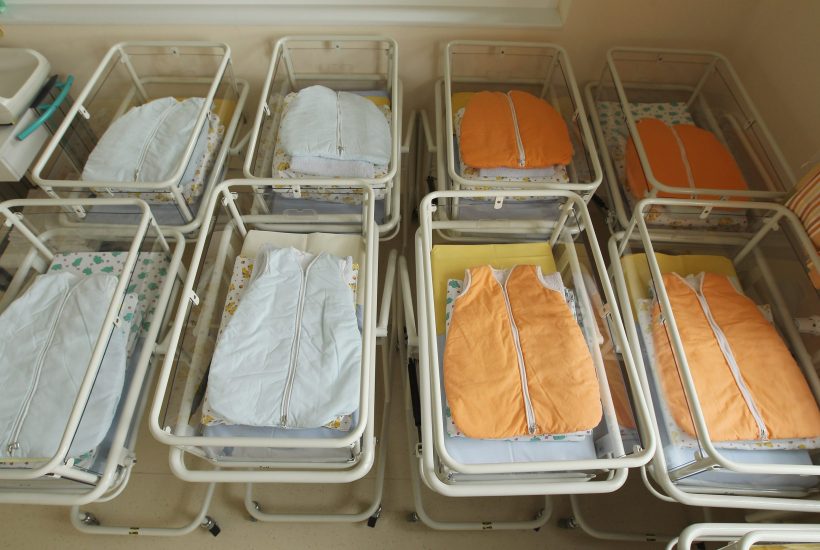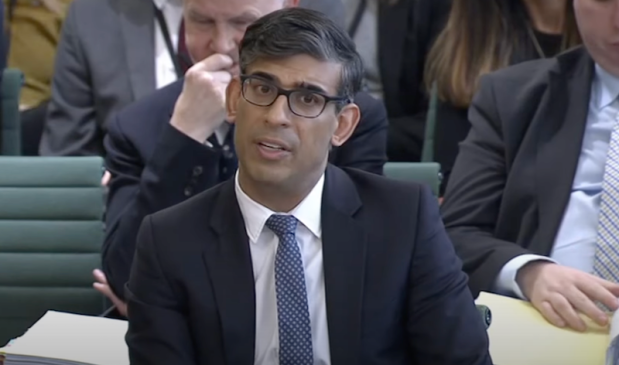Across the globe, teenage pregnancy rates have been falling for at least the last 10 years but social scientists still don’t fully understand the reasons why. In England in 2008, about 39,000 girls under the age of 18 became pregnant, a rate of 40 per 1,000. By 2018 the rate had gone down to just under 17 per 1,000a drop of nearly 60 per cent.
Similar decreases have been seen across the developed world both near (including Ireland and many European countries) and far (the US, Australia and New Zealand), despite different policy approaches and interventions by governments.
Some of my recent research carried out alongside professor Stephen Bullivant and Juan Soto of St Mary’s University examines the impact of different types of policies on teenage pregnancy rates in 45 countries between 1990 and 2017. We focus particularly on laws mandating sex and relationships education (SRE) programmes within schools but also examine policies on parental involvement and access to contraception.
The results suggest none of the interventions were particularly effective in reducing teenage pregnancy rates. Indeed, countries introducing mandatory SRE laws, if anything, experienced increases in rates relative to other countries, though allowing parental opt-outs did seem to minimise some of that adverse effect. Such a result may seem surprising, but it is consistent with other evidence. For example, earlier research by myself and Liam Wright found that areas in England that cut spending on teenage pregnancy programmes following the 2008 crash actually experienced relatively larger drops in teenage pregnancies than others. Other researchers have come to the same conclusion that there is little evidence that sex education effectively reduces teenage pregnancy.
Why is it that sexual health interventions have proved so ineffective in tackling teenage pregnancies? One reason could be that young people (not all, of course, but on average) respond to measures aimed at reducing the likelihood of pregnancy by increasing the amount of risk they take. So, for example, better information about access to contraception may lead both to more young people using contraception but more young people having sex. Given the high rates of contraceptive failureamong adolescents, it is possible that a measure intended to reduce early pregnancy may have no effect overall or even make things worse.
That doesn’t necessarily mean, of course, that schools should not provide SRE – there may be all sorts of other reasons why schools have a useful role to play in this sensitive area – but policymakers should not expect such interventions to have much of an effect on teenage pregnancy rates at least.
Why then have pregnancy rates been going down so consistently? There are interventions which we do know work. One of the most important is improving schools: when young people have better opportunities and are keen to stay in education, the opportunity cost of getting pregnant at a young age is much higher. Without doubt, improving schools in the most disadvantagedparts of the country is part of the explanation for lower teenage pregnancy rates in the UK.
Intriguingly, though, a range of other risky teenage behaviours have also been trending down over the same period. As in many other countries, the typical British teenager now drinks less, smokes less, takes fewer drugsand commits fewer crimes than their counterparts 15 years ago. Why this should be is harder to get to the bottom of. But it does suggest that more fundamental societal change has been driving reductions in adolescent pregnancy.
One hypothesis is that reductions in adolescent risky behaviour may be associated with the rise in the influence of the Internet and social media. There is no doubt that, for many teens, virtual social interactions have increasingly become just as important, if not more important, than physical ones. To stereotype, drunken encounters on a Friday night behind the local bus stop may still happen, but they are increasingly being replaced by long hours chatting to friends and meeting new people in a bedroom on a smartphone.
The timing certainly fits: platforms such as Facebook began to play an important role in teenagers’ lives just at the time risk-taking behaviour began to trend down. But, for now, this remains largely speculation with little firm research evidence to back it up.
Another potential explanation does have some research behind it. Over the past 40 years, many countries have phased out lead in petrol, partly on the grounds that lead has significant adverse effects on children’s brain development. A somewhat-neglected US study examined the timing of laws eliminating lead in petrol in US states and found it correlated strongly with falls in a range of risk-taking behaviour by teens, including early pregnancy.
Is Facebook or unleaded petrol behind the sharp reduction in teenage pregnancy across the world? Or perhaps there is another explanation waiting to be identified. The jury is still out but, either way, it is puzzles such as these that make the social sciences such a fascinating area in which to work.
Got something to add? Join the discussion and comment below.
Get 10 issues for just $10
Subscribe to The Spectator Australia today for the next 10 magazine issues, plus full online access, for just $10.




















Comments
Don't miss out
Join the conversation with other Spectator Australia readers. Subscribe to leave a comment.
SUBSCRIBEAlready a subscriber? Log in